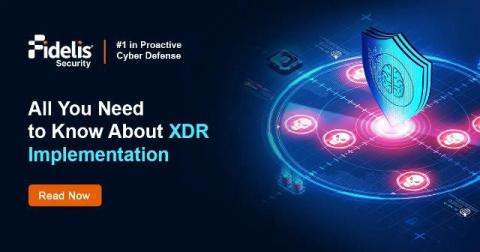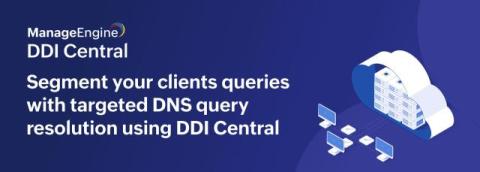Mastering Legal Documents in Criminal Defense: Best Practices for Attorneys
Legal documents provide a backbone to any criminal defense case by allowing communication, argumentation, and record-keeping to take place. Proper management of the documents will ensure that case management takes place effectively and assists the attorneys to quickly advocate on behalf of their clients. According to the American Bar Association, successful practice depends upon accurate documentation. This blog will discuss how to master legal documents in criminal defense, which will involve accuracy, organization, and utilizing current technology, such as a case management system for attorneys.











